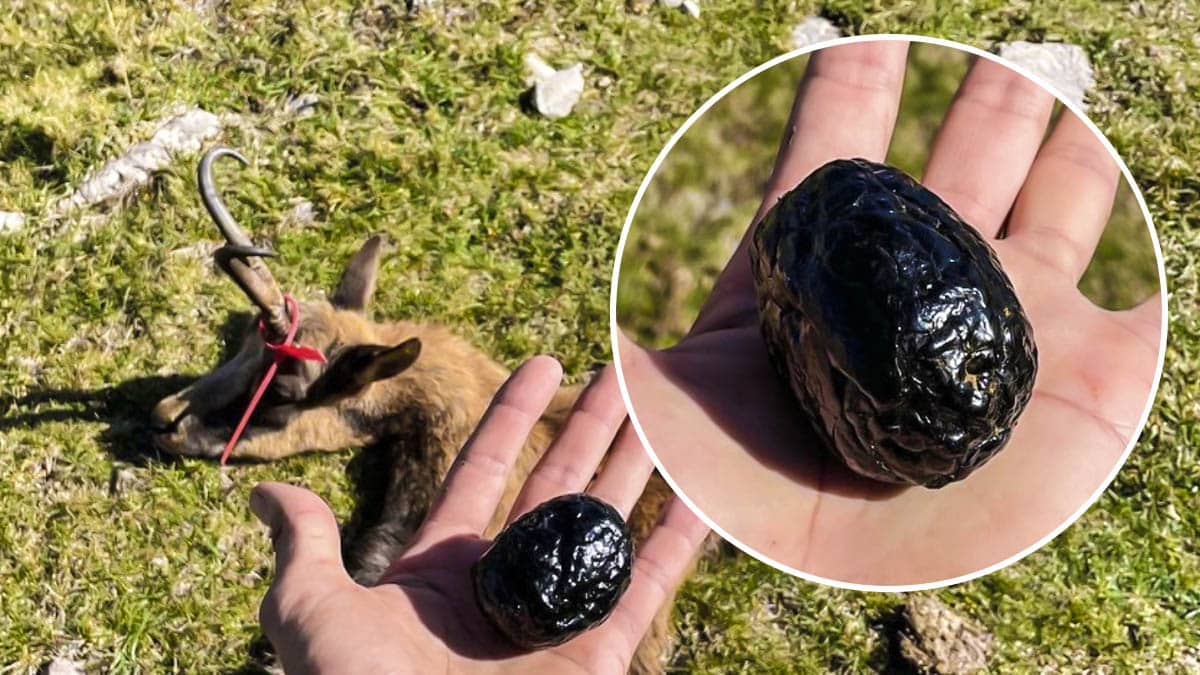
Cazan un viejo sarrio de 20 años con una piedra bezoar en su interior
Bezoars are tightly packed collections of partially digested or undigested material that can become stuck in the stomach or intestines. Masses of undigestible materials can get stuck in the stomach. Most bezoars cause no symptoms. The diagnosis is based on x-rays and other imaging tests and on a visual examination of the digestive tract using.

Rececho de Sarrio trofeo Hunty
Bezoars were introduced to Europe from the Middle East during the 11th century, and they were popular as medicinal remedies; however, their use started to fall out of favor by the 18th century. 2 In the 1500s, the famous surgeon Ambroise Paré tested the healing properties of a bezoar stone.

Artefacts — Bezoar (stone found in gastrointestinal system)... Ancient jewelry, Stone, Gold
Bezoars can develop months to years postoperatively. People, who undergo surgical procedures for bariatric surgery, and particularly partial gastrectomy for gastric cancer are prone to form gastric bezoars due to reduced gastric motility, loss of antral-pyloric function, hypoacidity, and rarely vagotomy that are the major causes of gastric.

Bezoar Antidote Renaissance Science and Medicine Galileo's Revenge
A bezoar is an indigestible conglomeration trapped in the gastrointestinal tract. This indigestible mass can be formed by a variety of materials that were intentionally or accidentally ingested.

The Use of Bezoars in History Nicholas C. Rossis
In fact, the term "bezoar" is derived from the Persian word pādzahr, which means expeller of poisons. Enthusiasm for bezoars as a cure for poisoning began to wane after an experiment by Ambroise Paré, a military surgeon in the 16 th century. Paré, a longtime bezoar denier, believed that tales of the stone's antidotal prowess were false.

Bezoar (Wild Goat) Arabian Rock Art Heritage
Los bezoares son acúmulos de material parcialmente digerido o no digerido que se pueden quedar atrapados en el estómago o en los intestinos. Las masas de materiales indigeribles pueden quedarse atascadas en el estómago. La mayoría de los bezoares no causan síntomas.
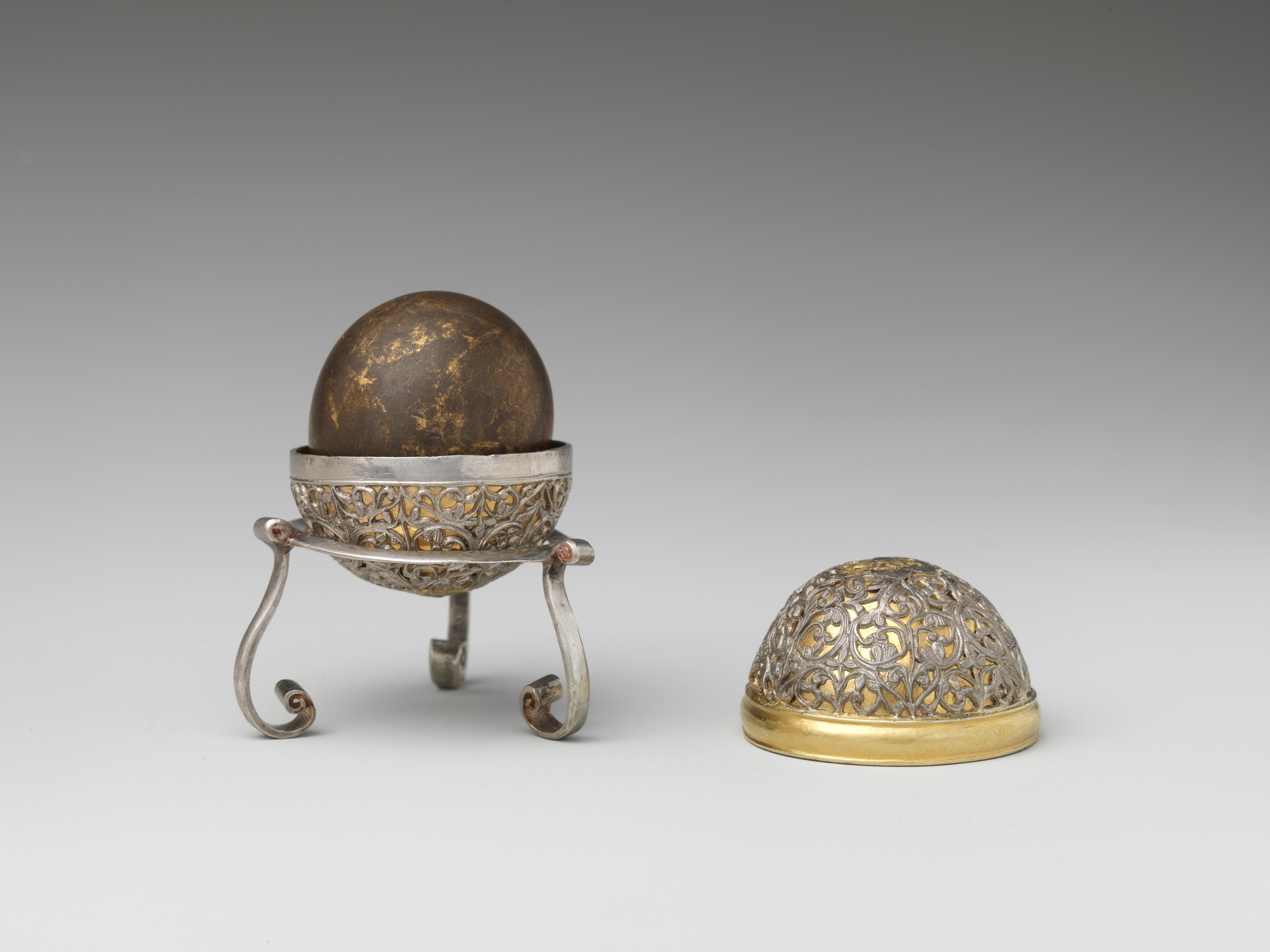
Bezoar Stone with Case and Stand The Metropolitan Museum of Art
A 16 th century bezoar in the Kunsthistorisches Museum, Vienne (Photo by Michael Martin/Flickr) Bezoars became very popular among rich Europeans, Nautilus says.. L'Homme au Masque de Fer (the French for "The Man in the Iron Mask") is the name given to a prisoner arrested in about 1669 and condemned to the cruel fate of having his head.
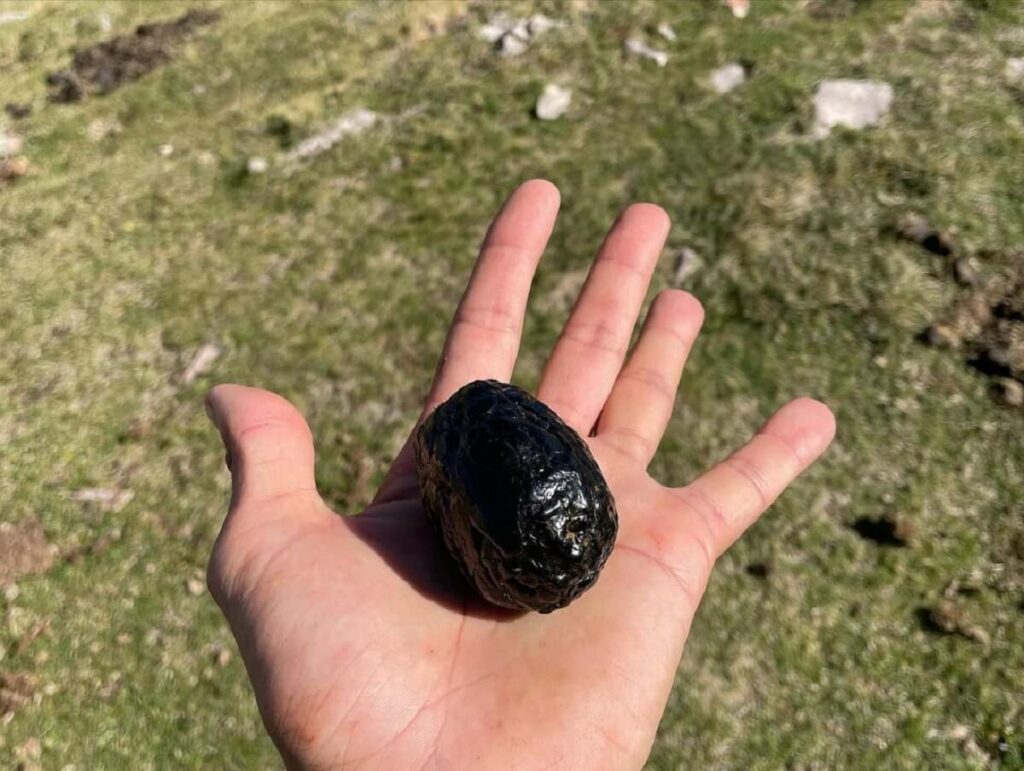
Cazan un viejo sarrio de 20 años con una piedra bezoar en su interior
A bezoar is a tightly packed collection of partially digested or undigested material that most commonly occurs in the stomach. Gastric bezoars can occur in all age groups and often occur in patients with behavior disorders, abnormal gastric emptying, or altered gastrointestinal anatomy. Many bezoars are asymptomatic, but some cause symptoms.

Bezoar Stone
A bezoar stone is a hardened mass of chewed hair formed in a ruminant animal's stomach. Since medieval times, people have believed that these stones were endowed with healing properties, and.

Kunsthistorisches Museum Bezoar mit Goldring und Inschrift
Un bezoar es una acumulación muy compacta de material parcialmente digerido o no digerido que no puede salir del estómago. Los bezoares gástricos suelen ser raros y pueden ocurrir a cualquier edad. A menudo se producen en pacientes con trastorno de la conducta o vaciamiento gástrico anormal y también después de la cirugía gástrica.

Bezoars The Sought After Ancient Jewels Made from Animal Stomach Growths Ancient Origins
This obstruction can cause the following symptoms: severe abdominal pain. bloating and constipation. inability to pass stool or gas. Gastrointestinal perforation: A large or hardened bezoar can.
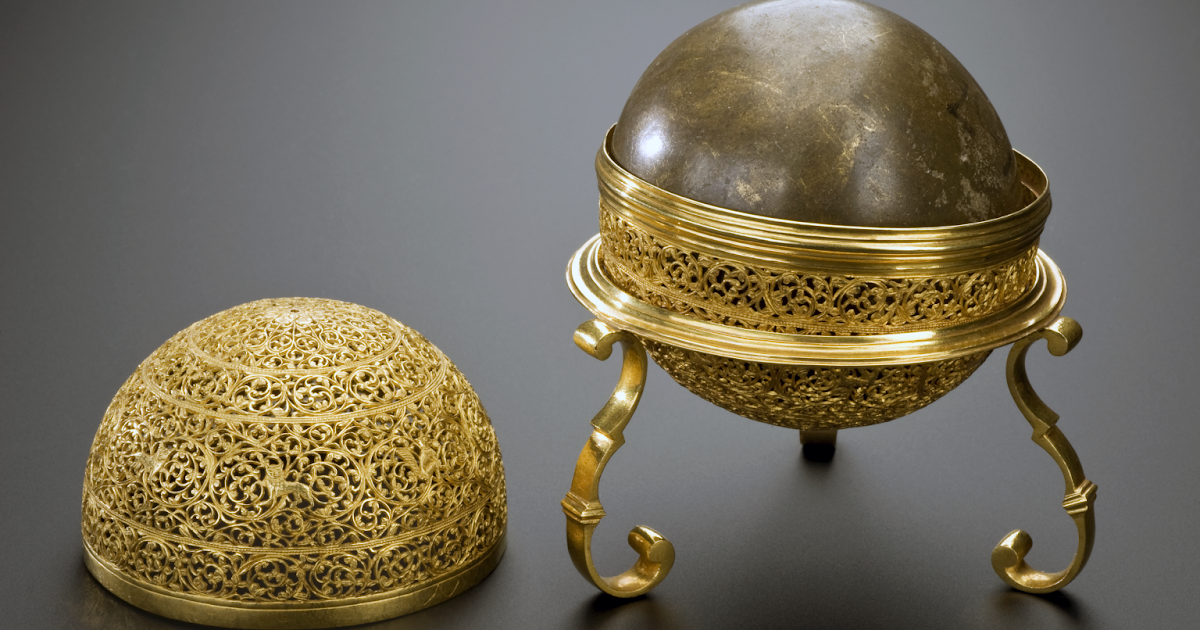
Meridianos Bezoar, la piedra mítica
A bezoar is a concretion of foreign, indigestible material in the gastrointestinal tract. While bezoars are relatively rare, and often found incidentally, they can be the cause of vague symptoms like nausea and fullness. The composition defines the bezoar classification, with the most common type being a phytobezoar (plant materials).
.jpg?mode=max)
PROBABLY 18TH CENTURY, Two bezoar stones Christie’s
Causes. Chewing on or eating hair or fuzzy materials (or indigestible materials such as plastic bags) can lead to the formation of a bezoar. The rate is very low. The risk is greater among people with intellectual disability or emotionally disturbed children. Generally, bezoars are mostly seen in females aged 10 to 19.

Pedrabazar, pedra bezoar Museu Virtual da Lusofonia
Definition A bezoar is a ball of swallowed foreign material most often composed of hair or fiber. It collects in the stomach and fails to pass through the intestines. Alternative Names Trichobezoar; Hairball Causes Chewing on or eating hair or fuzzy materials (or indigestible materials such as plastic bags) can lead to the formation of a bezoar.
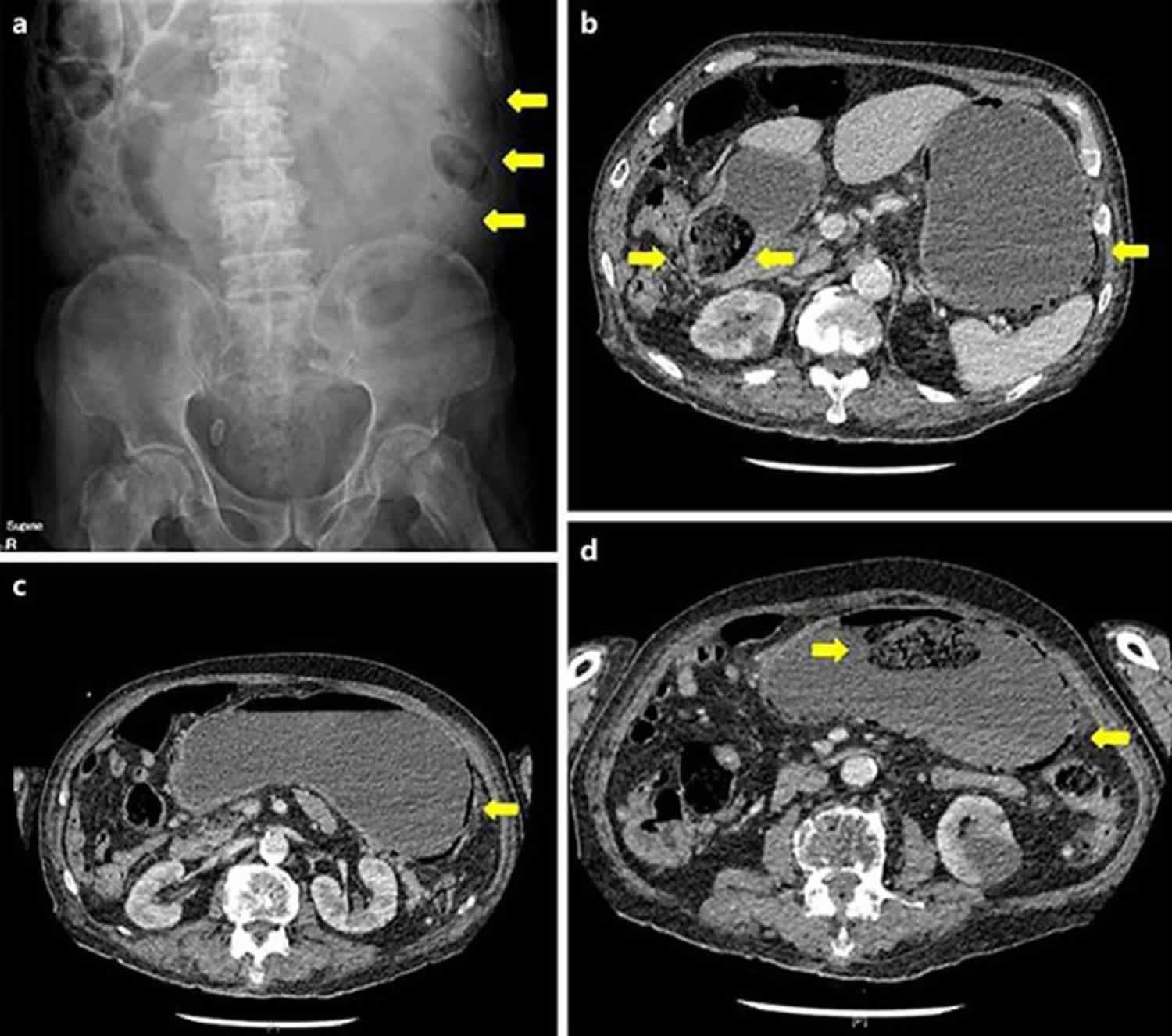
Bezoar, gastric bezoar causes, symptoms, diagnosis and bezoar treatment
The young 31-year-old hunter Omar Ceballos has hunted one of the great trophies of the 2022-2023 hunting season in our country: an old chamois that hid an emblematic bezoar stone inside. As the hunter announced on his Instagram account, the animal was a twenty-year-old specimen that he managed to hunt in the Pyrenees.
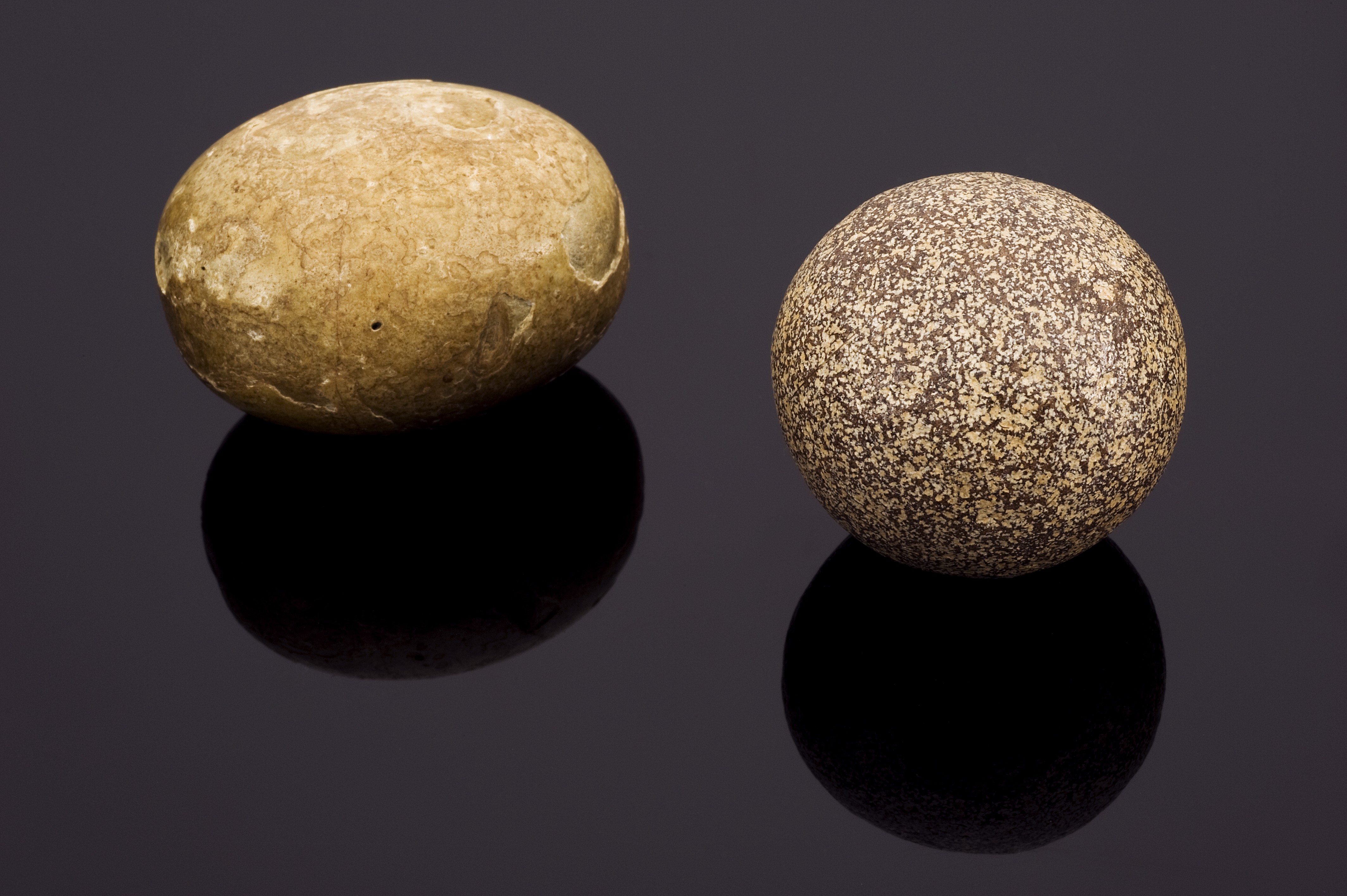
Leyendas de Extremadura » La Piedra Bezoar
A bezoar is a ball of swallowed foreign material most often composed of hair or fiber. It collects in the stomach and fails to pass through the intestines. Causes Chewing on or eating hair or fuzzy materials (or indigestible materials such as plastic bags) can lead to the formation of a bezoar. The rate is very low.